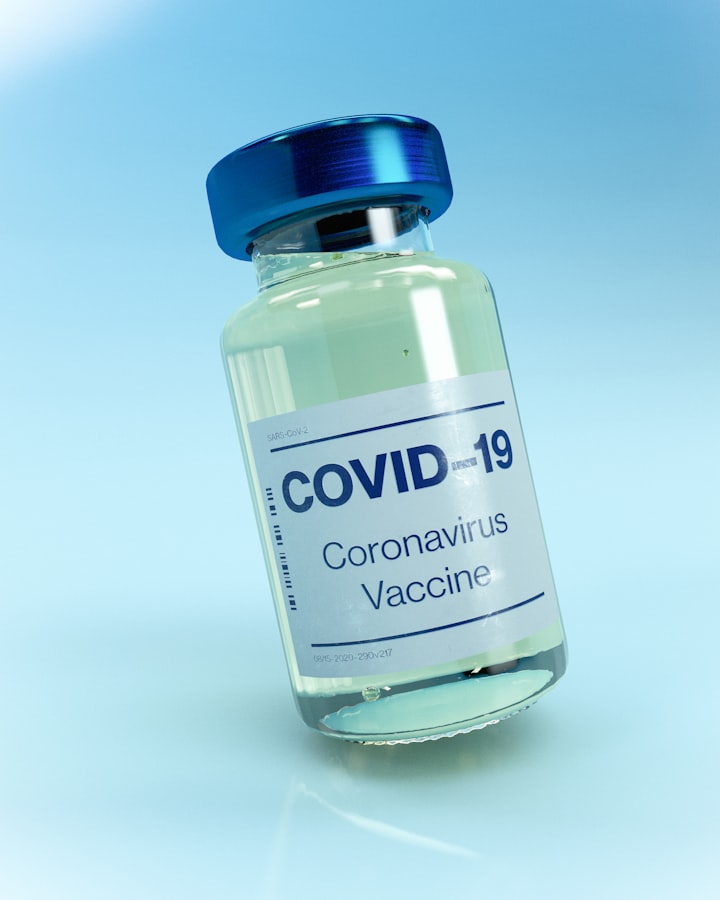Understanding Piles: Causes, Symptoms, and Treatment Options
Causes, Symptoms, and Treatment Options

Piles, also known as hemorrhoids, are a common condition affecting millions of people worldwide. While they may not be a topic of everyday conversation, their impact on those who suffer from them can be significant. In this comprehensive exploration, we'll delve into the causes, symptoms, and treatment options for piles, shedding light on a condition that often goes unnoticed.
What are Piles?
Piles are swollen and inflamed veins in the rectum and anus that can cause discomfort, pain, and bleeding. They can be internal, occurring inside the rectum, or external, forming under the skin around the anus. These swollen veins can be likened to varicose veins, often caused by increased pressure in the lower rectum.
Causes of Piles:
Straining During Bowel Movements: One of the most common causes of piles is straining during bowel movements. This can occur due to constipation, which makes passing stools difficult and puts extra pressure on the veins in the rectum and anus.
Chronic Diarrhea: Conversely, chronic diarrhea can also contribute to the development of piles. Frequent bowel movements and irritation of the anus can lead to inflammation of the veins.
Pregnancy: Pregnant women are particularly prone to developing piles due to the increased pressure on the pelvic veins and hormonal changes that weaken the vein walls.
Obesity: Being overweight or obese can also increase the risk of developing piles. Excess weight puts pressure on the abdomen and pelvic area, leading to increased pressure on the veins in the rectum and anus.
Aging: As we age, the tissues in the body naturally weaken, including the veins in the rectum and anus. This can make them more susceptible to swelling and inflammation.
Sitting or Standing for Prolonged Periods: Jobs or activities that require prolonged periods of sitting or standing can contribute to the development of piles by increasing pressure on the veins in the lower rectum.
Symptoms of Piles:
Rectal Bleeding: One of the most common symptoms of piles is bright red blood after a bowel movement. This blood may be seen on toilet paper or in the toilet bowl.
Pain or Discomfort: Piles can cause pain or discomfort, particularly during bowel movements or when sitting for extended periods.
Itching or Irritation: Itching around the anus is another common symptom of piles, often caused by the irritation of swollen veins.
Swelling or Lump: External piles may cause a visible swelling or lump around the anus, which can be tender to the touch.
Mucus Discharge: Some individuals with piles may experience a mucus discharge from the anus, particularly after a bowel movement.
Treatment Options for Piles:
Lifestyle Changes: Making simple lifestyle changes can often alleviate symptoms of piles. This includes eating a high-fiber diet to prevent constipation, staying hydrated, and avoiding straining during bowel movements.
Topical Treatments: Over-the-counter creams, ointments, and suppositories can help reduce itching, inflammation, and pain associated with piles.
Sitz Baths: Soaking the anal area in warm water, known as a sitz bath, can provide relief from discomfort and help reduce swelling.
Medications: In some cases, your doctor may prescribe medications such as stool softeners, fiber supplements, or pain relievers to alleviate symptoms and promote healing.
Minimally Invasive Procedures: If conservative treatments are ineffective, your doctor may recommend minimally invasive procedures such as rubber band ligation, sclerotherapy, or infrared coagulation to shrink or remove the piles.
Surgical Intervention: In severe cases or when other treatments have failed, surgical procedures such as hemorrhoidectomy may be necessary to remove the piles.
Conclusion:
Piles are a common and often uncomfortable condition that can have a significant impact on an individual's quality of life. However, with proper understanding, lifestyle modifications, and medical interventions, the symptoms of piles can be effectively managed and treated. If you experience persistent symptoms of piles, it's essential to consult with a healthcare professional for an accurate diagnosis and personalized treatment plan. Remember, you're not alone, and there are effective solutions available to help you find relief from the discomfort of piles.
About the Creator
WILLIAM DIAGO RODRIGUES
Hi! Everyone out there I am a Online Enterpreneur love to create, write and ellaborate different niches and write different Articles to entertain and help to give and spread the knowledge which i can incalcate through different search Engin






Comments (2)
Hey, just wanna let you know that this is more suitable to be posted in the Longevity community 😊
Very interesting! I understand more now!